No products in the cart.
TPS, Tumiri F2, 100 true seeds
$8.50
In stock
Category: Domesticated Potatoes Tags: Advanced TPS, Diploid TPS, Domesticated Potato Seeds, Individual TPS, Seeds, True Potato Seeds
| True potato seed information and growing instructions |
| True potato seeds are classified as breeding seeds and germination is not guaranteed. |
Tumiri was collected in Peru in 1970. Tubers are round to pear-shaped with deep eyes. Skin is dark blue, almost black, and the flesh is light yellow with a little bit of blue, sometimes forming a ring. This is an example of an interesting sideline in domesticated potato evolution. This variety belongs to a group that was once recognized (and perhaps still is, depending on where you are) as a separate species: Solanum x chaucha. The most modern system of classification considers them to be just a triploid variant of the Andean domesticated potato. There are more than 100 varieties in this group in the Andes, but very few have made it to North America, presumably because triploids generally aren’t of much use for breeding.
Culinary Traits
Tumiri has a fairly bold potato flavor, just short of bitter. The texture is light and floury with thick skin, like a baking potato. Tubers tend to be fairly small, in the two to three inch range, five to six inches at the upper end. Like most smaller tubers, they are probably at their best when roasted.
Agronomic Traits
Plants are compact, more similar to diploid than tetraploid plants. The plants produce large numbers of purple flowers and set berries very easily. Tuberization is day neutral and stolons are short, with many tubers forming directly under the plant. This variety has shown some resistance to powdery scab in trials.
True Seed (TPS)
While Tumiri forms berries readily when pollinated by domesticated diploids, those berries contain few or no seeds. Because it would be impossible to collect enough seeds to offer, I am instead offering “F2” seeds from a group of seedlings out of Tumiri. F2 is a kind of misleading term to use with potatoes, but it is one that gives you the gist of it at a glance. These are seeds from a population of half-sibling varieties. The mother was Tumiri, but the fathers are unknown. The seedlings produced mostly red tubers wilh yellow flesh, many with a ring. There were also a few reds with yellow eyes. They all had very short stolons. The plants were large and late and very heavy flowerers. All counted out as diploid, which is interesting, since some of them should have been tetraploid by the odds. This mix will give you a chance to grow some genetics that would otherwise be very hard to work with. Some seeds will contain a majority of Tumiri genetics and some a minority, depending on whether they pollinated within group or caught pollen from other varieties. I hand pollinated heavily among the siblings, so half of them ought to be 50% Tumiri or better. For what it’s worth, about 1/4 of the seed in this mix comes from a plant that I think was very likely a cross with Bloody Banana. It had the same skin and flesh color and flavor, although a different shape. That could be a very interesting cross, since Bloody Banana has such poor dormancy. There could be a variety lurking in this mix with the excellent color and flavor combined with improved dormancy. Germination is a bit slow and irregular, but not too bad.
Only logged in customers who have purchased this product may leave a review.

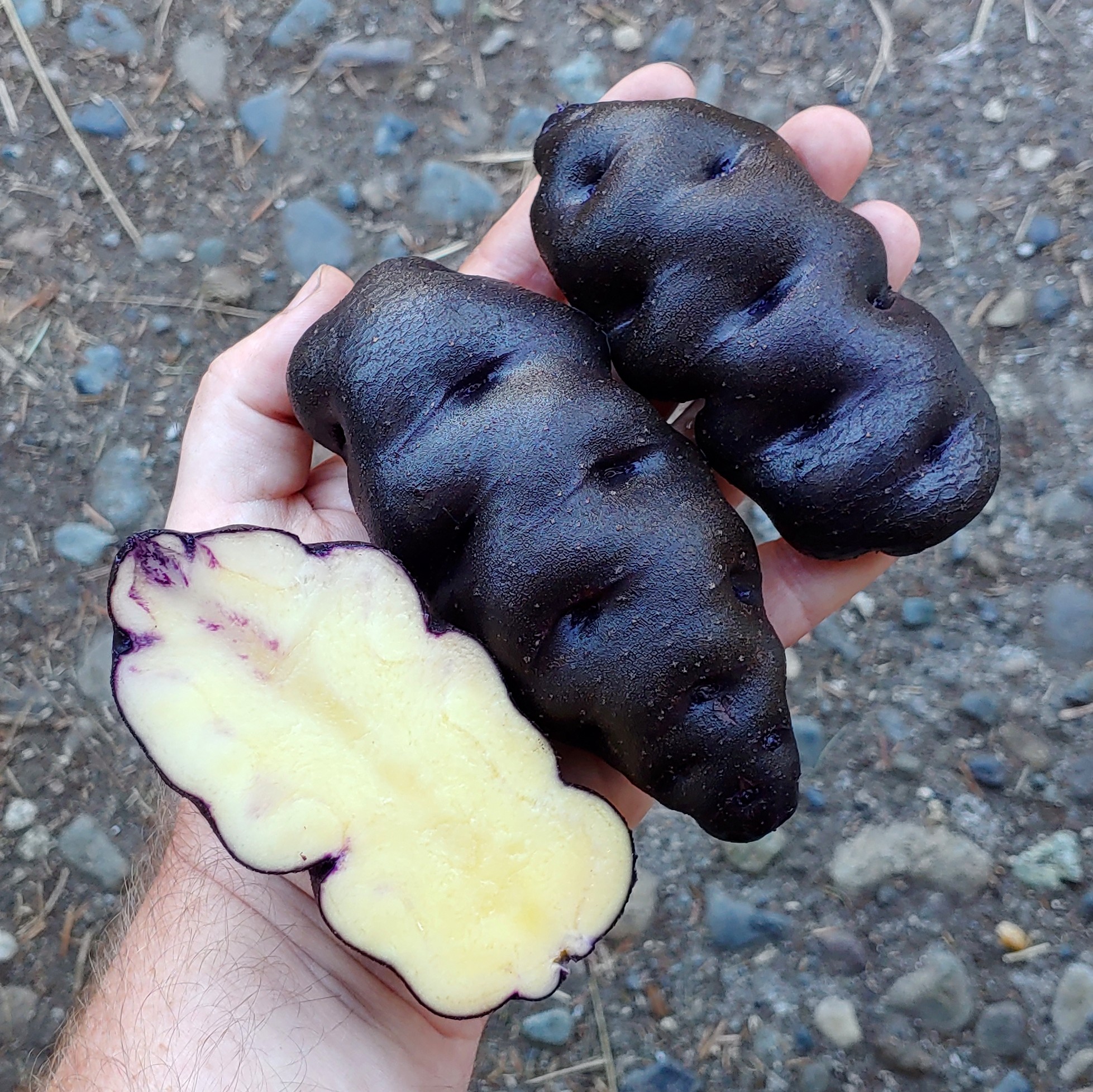
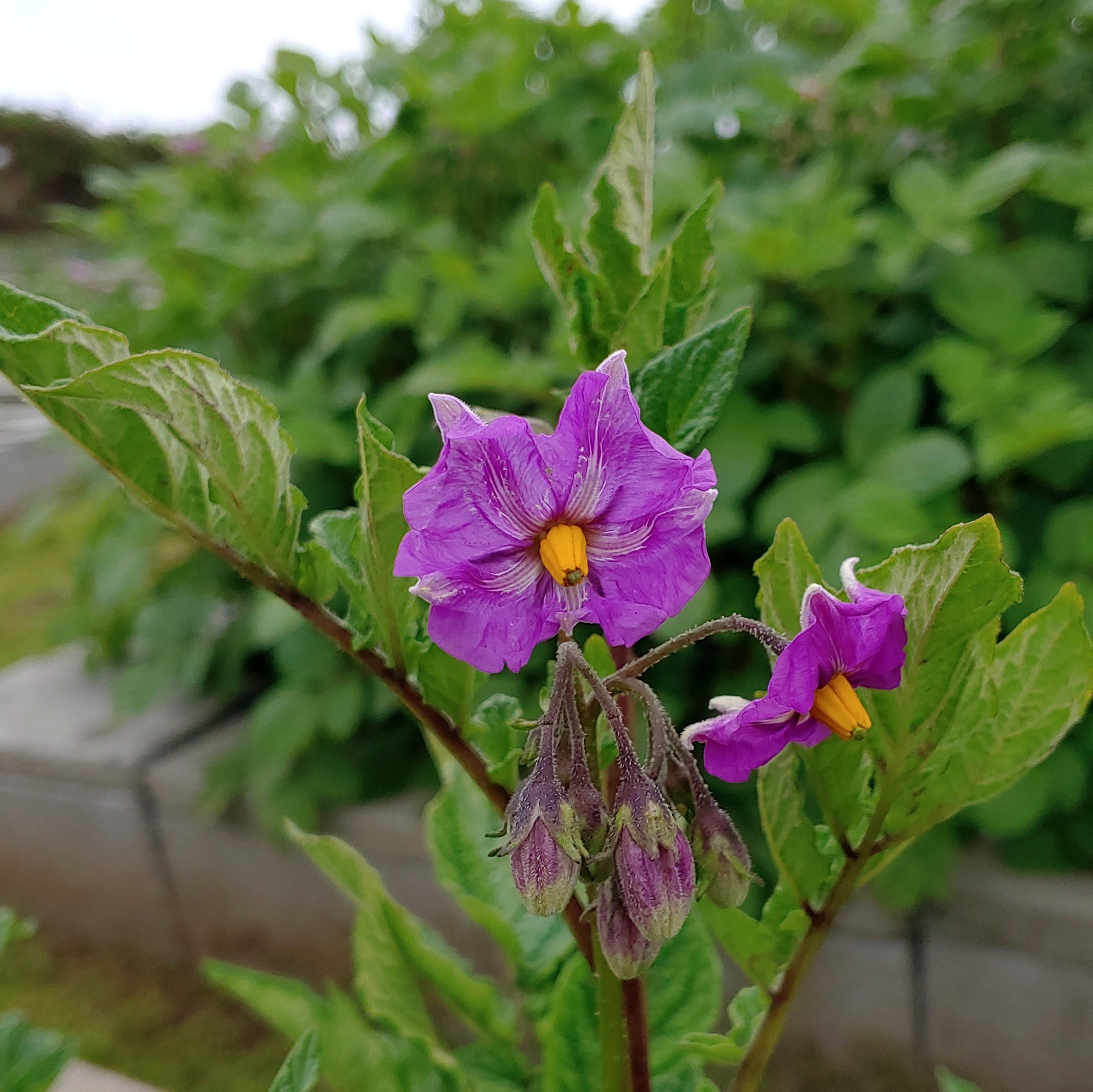
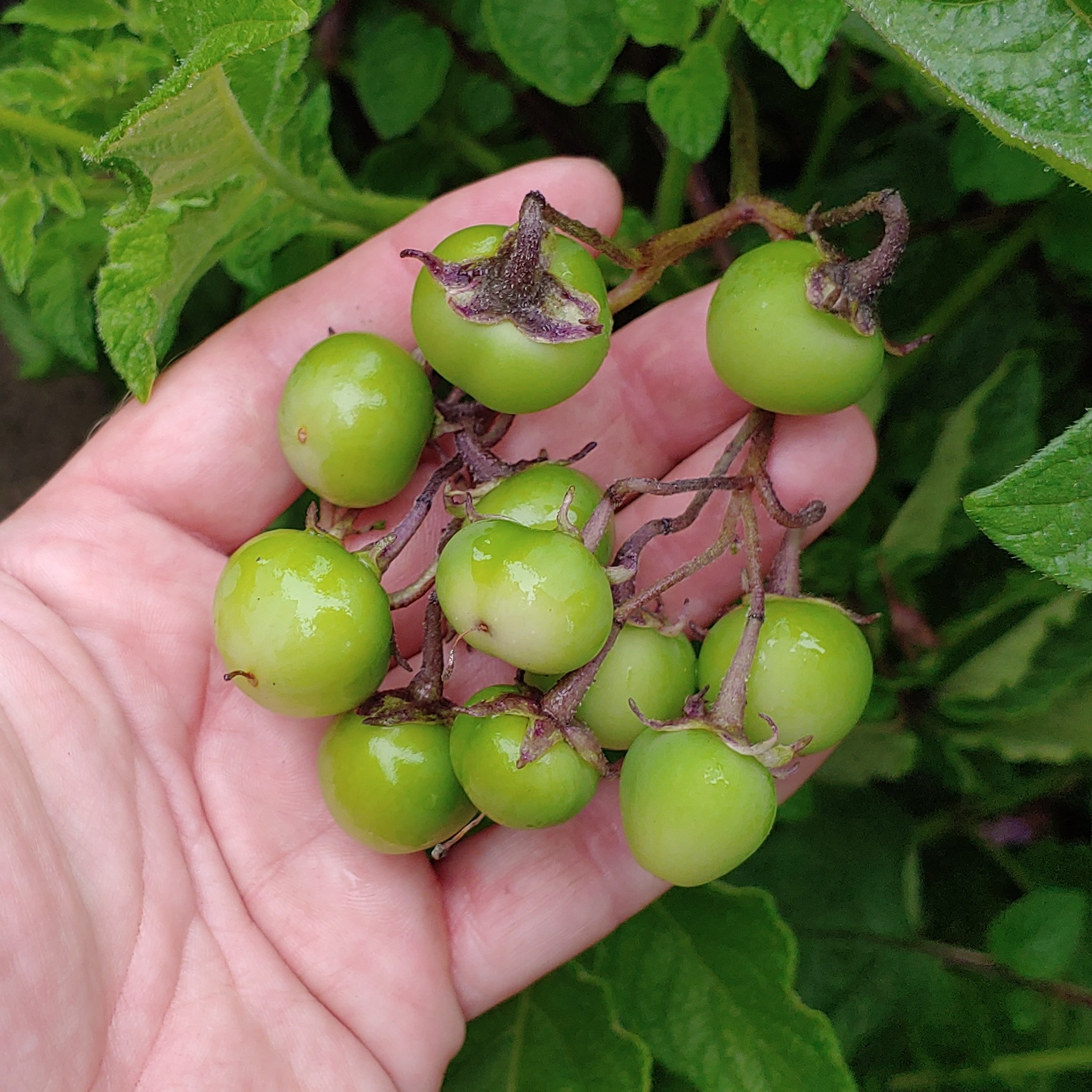
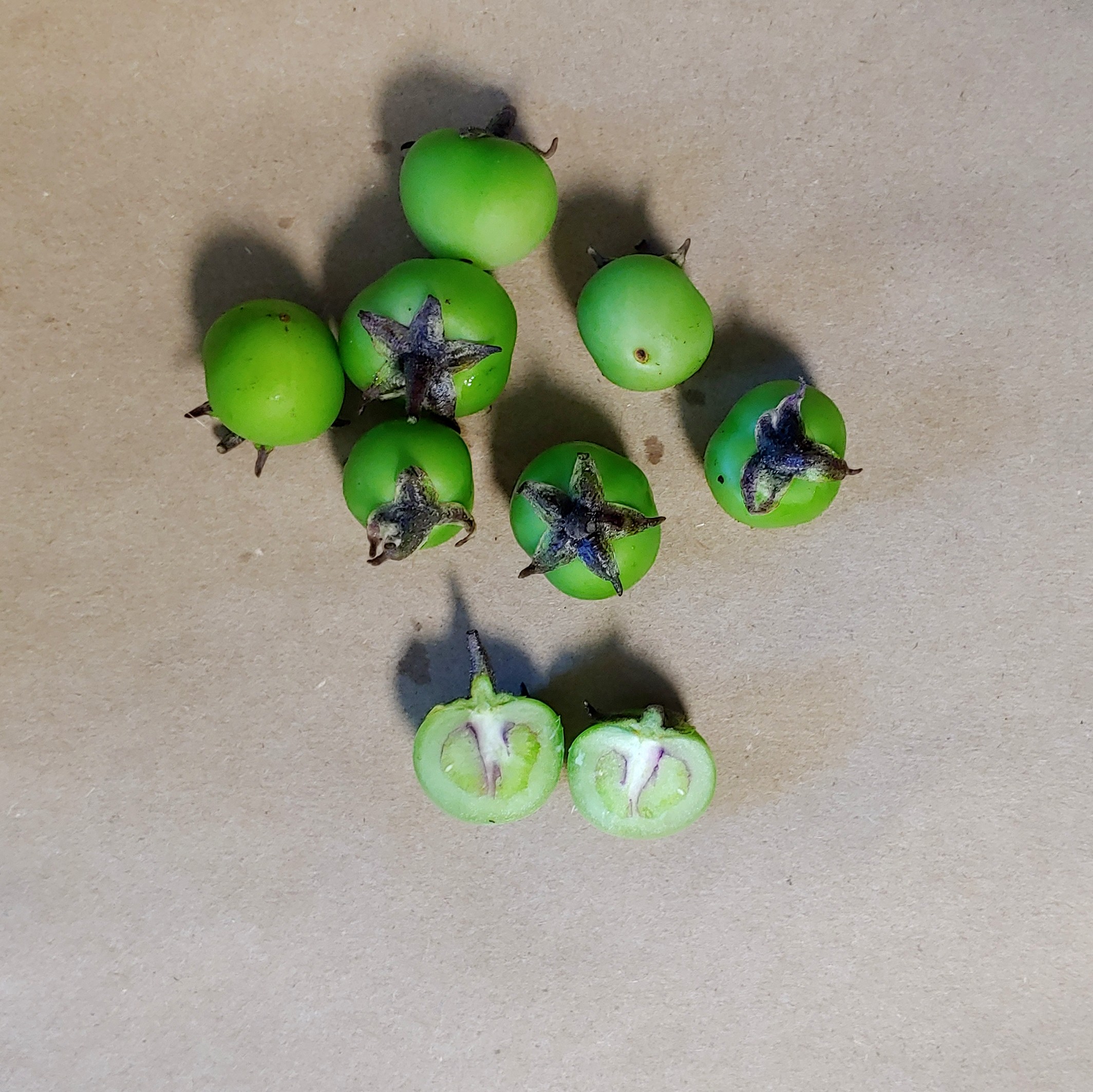
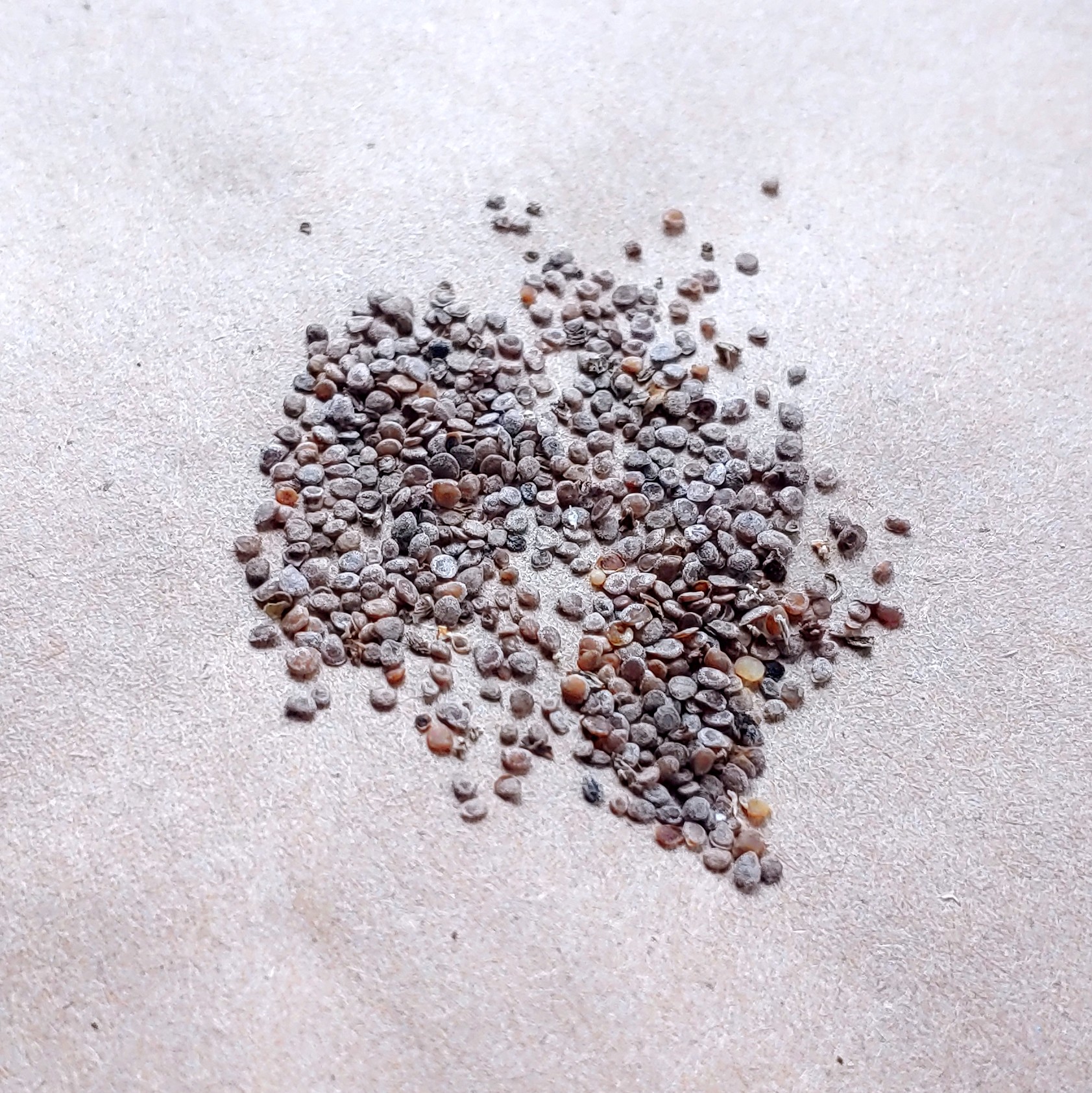

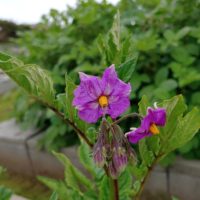
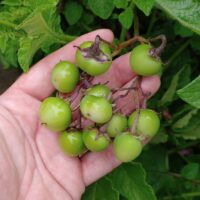
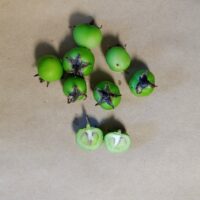

Reviews
There are no reviews yet.